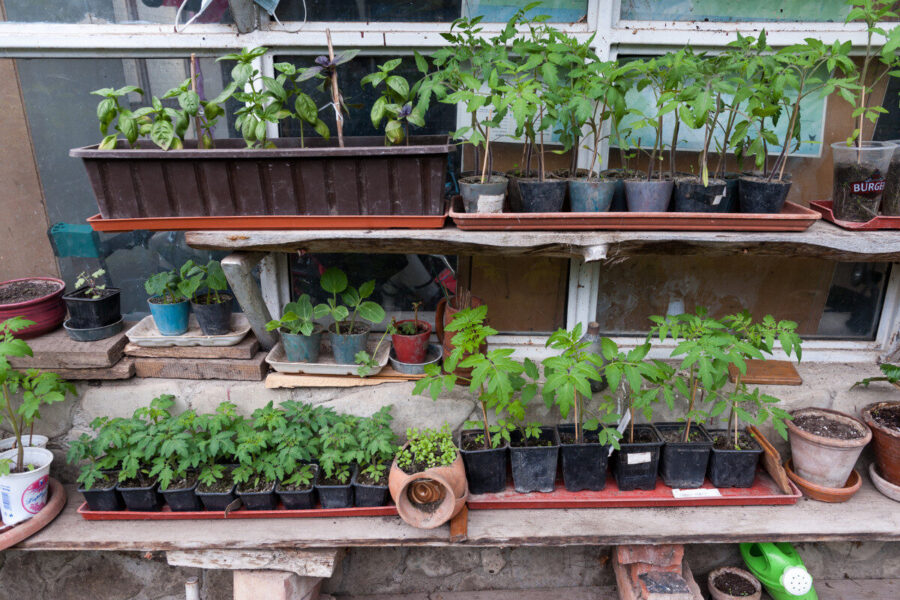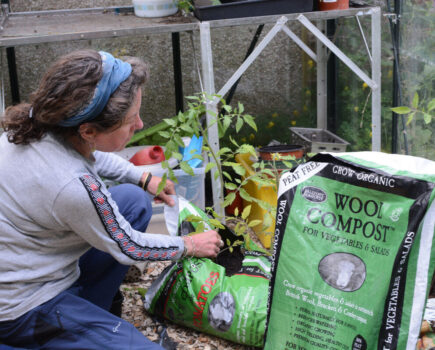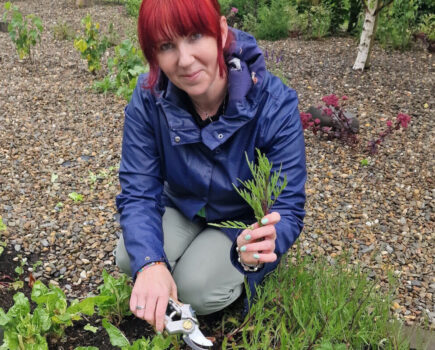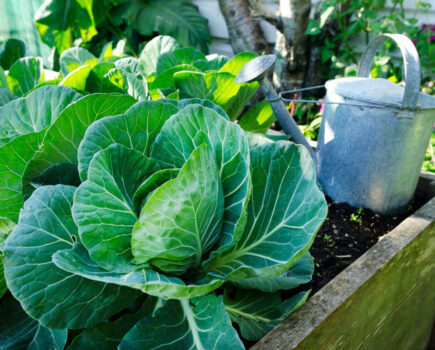Bob explains why it’s still important to be prepared for cold spells
The next four weeks can be the riskiest time of the year, with a strong likelihood of sudden really hard frosts, often during a period of beautiful sunny weather.
Even hardy plants as tough as stinging nettles can be burnt as new growth is still so young and tender.
Our garden plants may suffer more and particularly vulnerable are the blossoms of fruit trees and bushes, newly emerged seedlings and young shoots, especially asparagus. If we don’t take a few simple measures a whole crop may be lost.
Moreover, very soon we’ll also be wanting to plant out bedding and other tender plants, tempted by recent period of wonderful warmer weather. We know it’s better to wait till all danger of frost has passed, yet with more weather variability on the cards, it’s even harder to predict than it used to be. Thus you really need to be on continual ‘frost standby’. The weather forecasts are pretty good at warning us and it only takes a moment to protect precious plants if you’ve got the right protection at the ready.
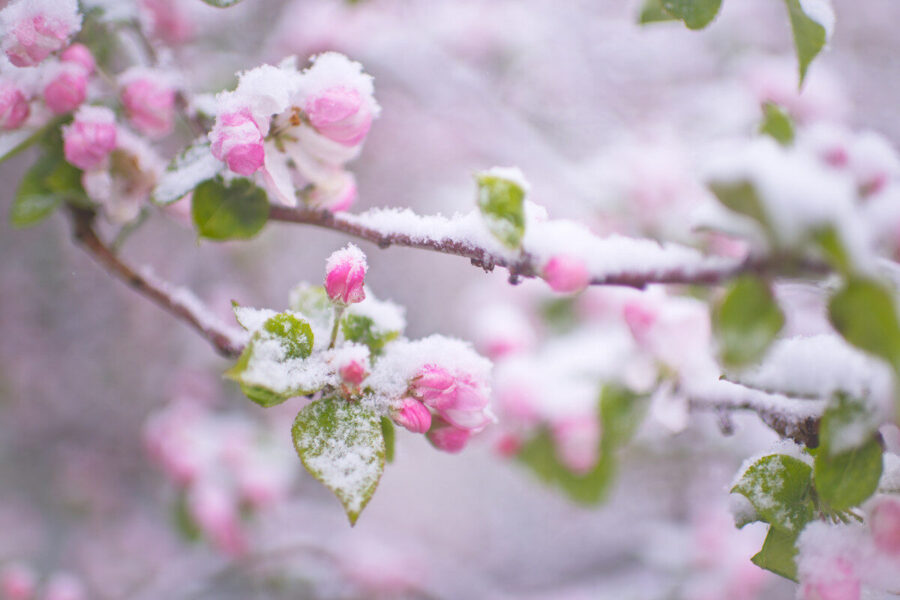
Watch out for cold, clear skies
Fortunately at this time of the year you generally get hard frosts only on still nights, and a light breeze will usually keep most off. Thus you can simply drape sheets of newspaper on top of plants and they’ll stay in place. You can also use old sheets, plastic, dustbin bags, shower curtains, net curtains, lightweight curtains, proper horticultural fleece, windbreak mesh, well almost anything to sit over plants and that will nearly always be sufficient.
You see in spring it’s not cold air that usually kills but the searing cold night sky. Any intervening barrier protects and also traps warm air rising from the soil. Sure, it doesn’t look attractive, but it’s only for the night and you whisk them off in the morning.
Wooden pegs and poles can come in handy
For when it’s annoyingly breezy but may become still later, have a bag of clothes pegs to hold things in place. Wooden pegs can also be written on, making them handy labels that reliably stay in place.
Thus it’s easy to protect, say, a camellia or patio dwarf fruit tree in bloom but if it’s a row of soft plants the sheet could lie flat on them so the frost can get through, so push some canes in place to support the sheets above them.
If it’s a large tree you’ll never cover it all, but you can wrap or cover some reachable branches to ensure at least some crop. Those trained on a wall are easier as sheets can hang down in front of them.
Interestingly, another way to keep an overnight frost off is misting the plants continually with water sprays, though when a frost is still too hard you may end up encasing everything in ice. Another ‘olden days’ way to keep frosts off orchards was to light a huge number of small smouldering bonfires which, rather than giving off much heat, created a thick smoky haze obscuring the night sky. Mind you, I don’t think you’d find this would go down well with your neighbours!
Find more tips, advice and articles like this at the Amateur Gardening website. Subscribe to Amateur Gardening magazine now

